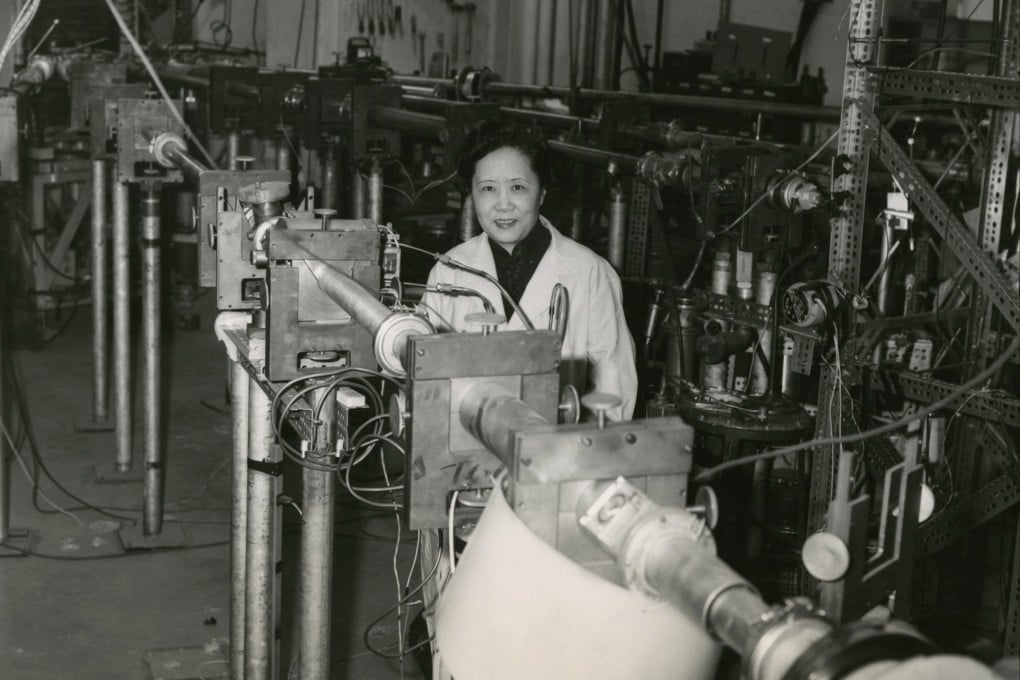Quantum entanglement theory first proved by Chinese woman in 1949
Chien-Shiung Wu’s trailblazing but largely forgotten achievement features in a recent profile of the influential physicist

It was not until more than two decades later that scientists at the University of California, Berkeley and in Europe achieved entanglement in the lab and won the 2022 Nobel Prize in physics, cementing the phenomenon as a fundamental part of nature.
A few years after her achievement, Wu verified the theoretical proposal that won Tsung-Dao Lee and Chen-Ning Yang the Nobel Prize in 1957 and overturned the fundamental law of physics known as parity conservation in weak interactions.
Wu, who was renowned for her extremely precise, meticulous experiments, won international recognition when her testing confirmed the theory, but she was not included among the prizewinners.